Cheap Crutches for Sale | Lightweight, Durable, Adjustable
Insider’s Guide to Finding Cheap Crutches That Don’t Cut Corners
If you’re scanning the market for cheap crutches for sale that still feel sturdy, you’re not alone. Hospitals want reliable stock. Home users want comfort. Purchasing managers want clean paperwork and predictable lead times. I’ve walked factory floors in Hebei and listened to clinicians nitpick hand-grip angles—honestly, that perspective helps.
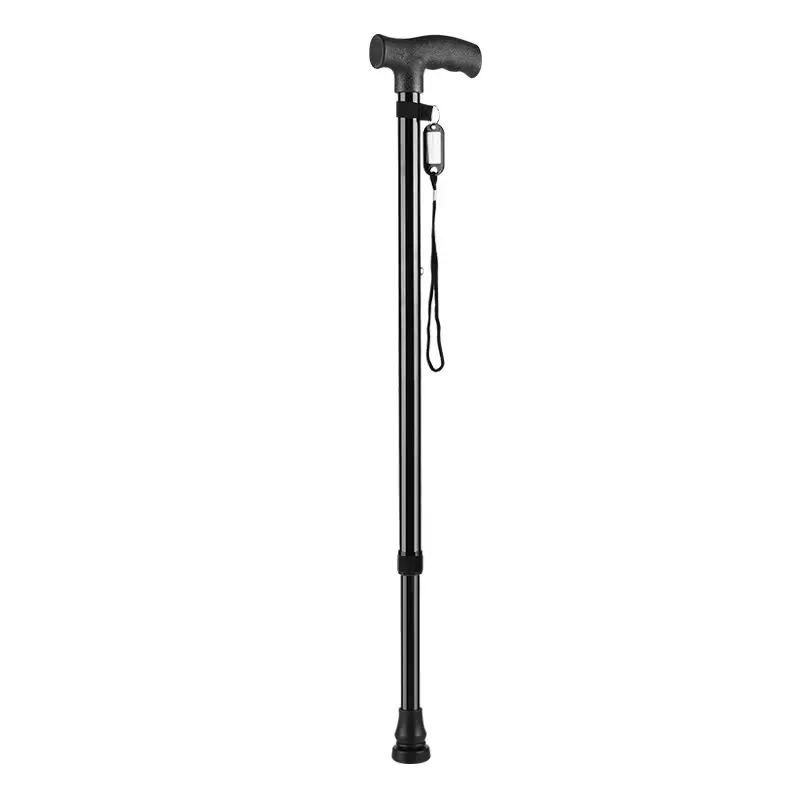
What’s Trending (and Why It Matters)
Three things I see everywhere: height micro-adjustments in small increments, grippy feet that actually last, and cleaner stainless finishes that resist clinic disinfectants. There’s also quiet progress on recycling and parts replaceability—good for service life and budgets, to be honest.
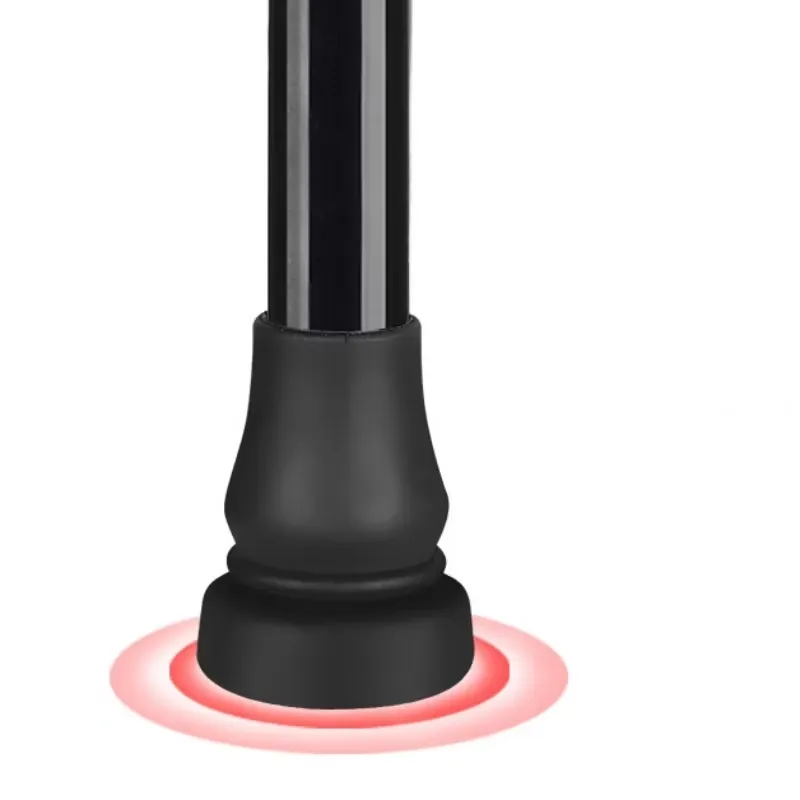
Product Snapshot: Rehabilitation Equipment High Quality Stainless Steel Crutches
Origin: Zhouhu Village, Jizhou Zone, Hengshui City, Hebei Province, China. Stainless tubing, plastic handle, non-slip rubber feet, height adjustable. Sounds standard—but the difference is in the details and the testing (more on that below).
| Frame material | Stainless steel (polished, passivated) |
| Height range | ≈ 95–115 cm, ~2.5 cm increments |
| Handle | Plastic (ergonomic profile), wipe-clean |
| Feet | Non-slip rubber tips, high-friction compound |
| Max user load | ≈ 120 kg (real-world use may vary) |
| Net weight | ≈ 0.85 kg per crutch |
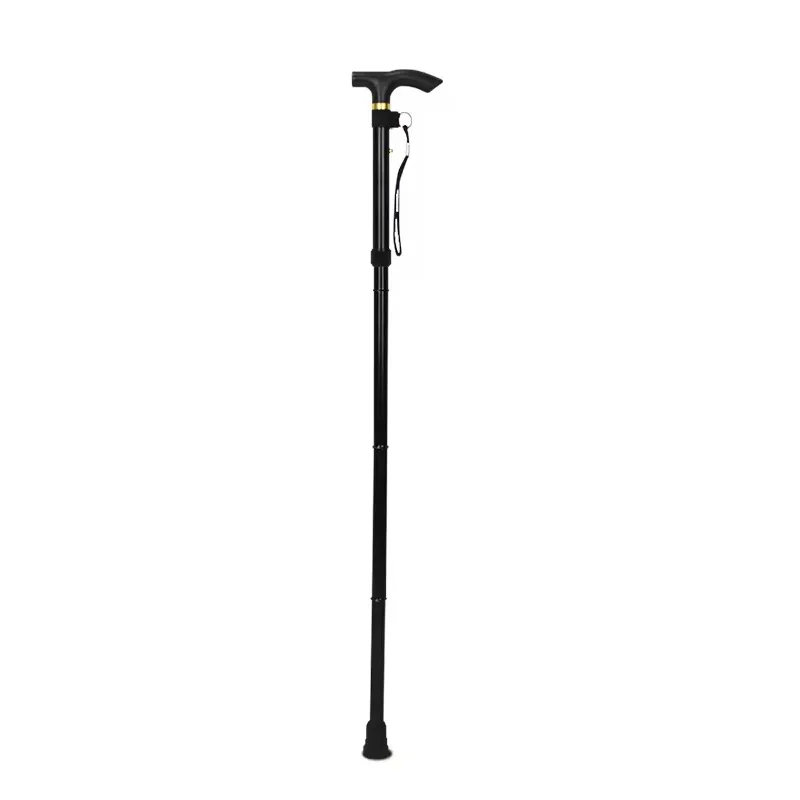
How They’re Made: Materials, Methods, Testing
- Materials: corrosion-resistant stainless tube, PP handle, NR/SBR rubber tips.
- Process flow: tube cutting → swaging → drilling → bead blasting → polishing & passivation → ultrasonic clean → assembly → torque check → final inspection → packaging.
- Testing (typical): static load ≥ 130 kg; fatigue ≥ 100,000 cycles; rubber tip friction coef. ≥ 0.6 on glazed tile (wet); salt-spray 24 h for finish stability.
- Service life: ≈ 3–5 years with tip replacements and normal use.
- Standards reference: ISO 11334-1 requirements and test methods; ISO 13485 QMS; MDR (EU) 2017/745 conformity pathways.
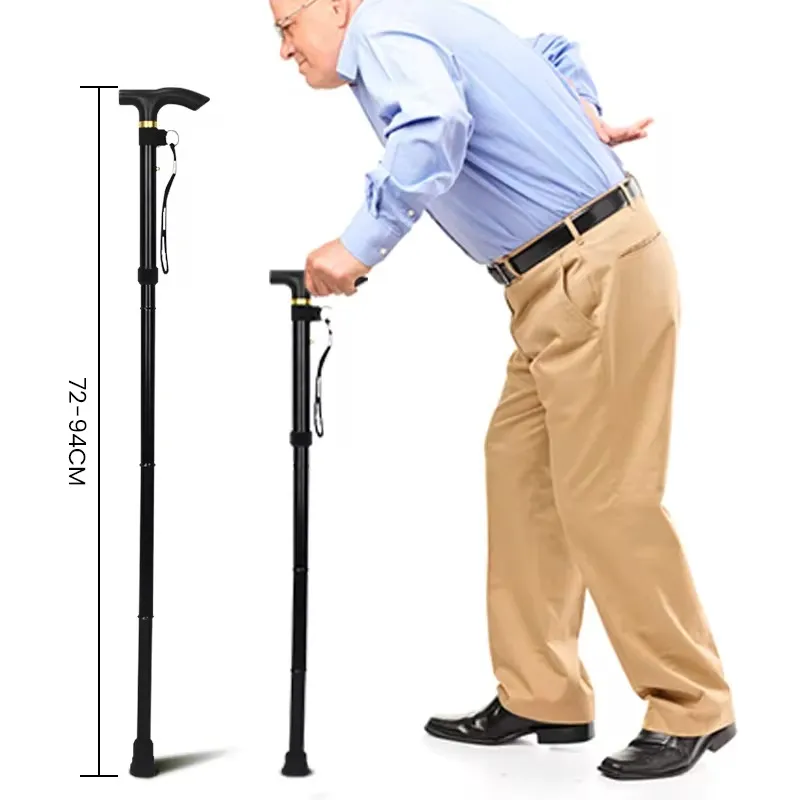
Where They Fit: Scenarios and Quick Case Notes
Use cases span orthopedic clinics, hospital discharge kits, home rehab, sports medicine, and travel backups. Two quick snapshots:
- A tier-2 city hospital bundled these with same-day discharge; readmissions didn’t spike, and the procurement team liked the predictable lead time.
- A community rehab center rotated rubber tips every 10–12 weeks—sounds frequent, but they reported better grip on polished floors and fewer slips.
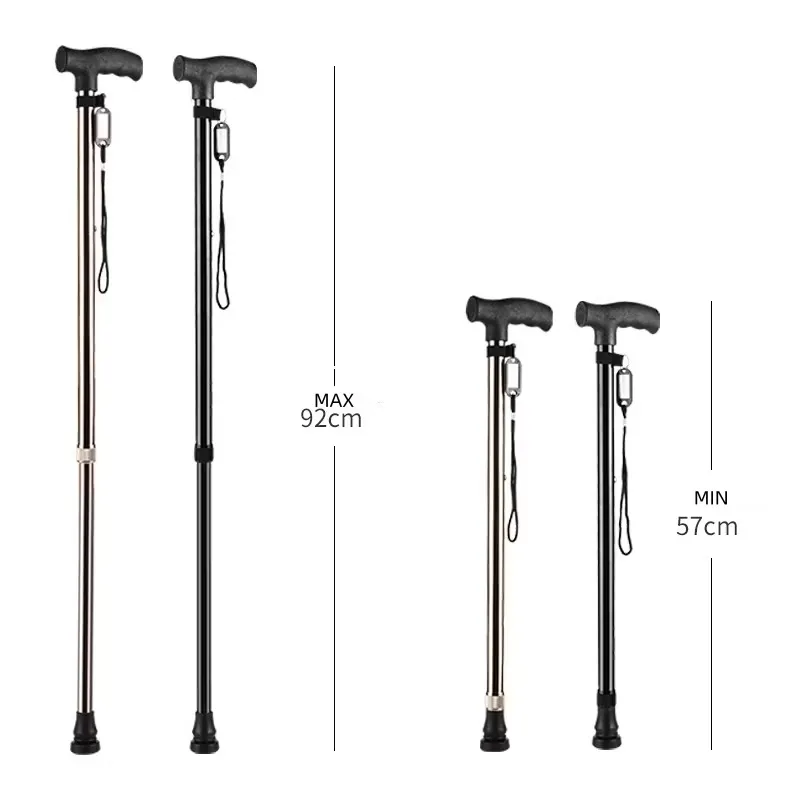
Vendor Comparison (What Buyers Actually Ask)
| Factor | Zhaofa Med (Hebei) | Generic Marketplace | Big-Box Brand |
|---|---|---|---|
| Certs | ISO 13485 (on request), MDR docs | Varies widely | Strong paperwork |
| MOQ | Around 100–300 pairs | Single units OK | Carton-level |
| Lead time | ≈ 15–25 days | Unpredictable | Predictable |
| Customization | Grip color, logo, tips | Limited | Some options |
| Price | Aggressive for volume | Lowest unit price | Highest |
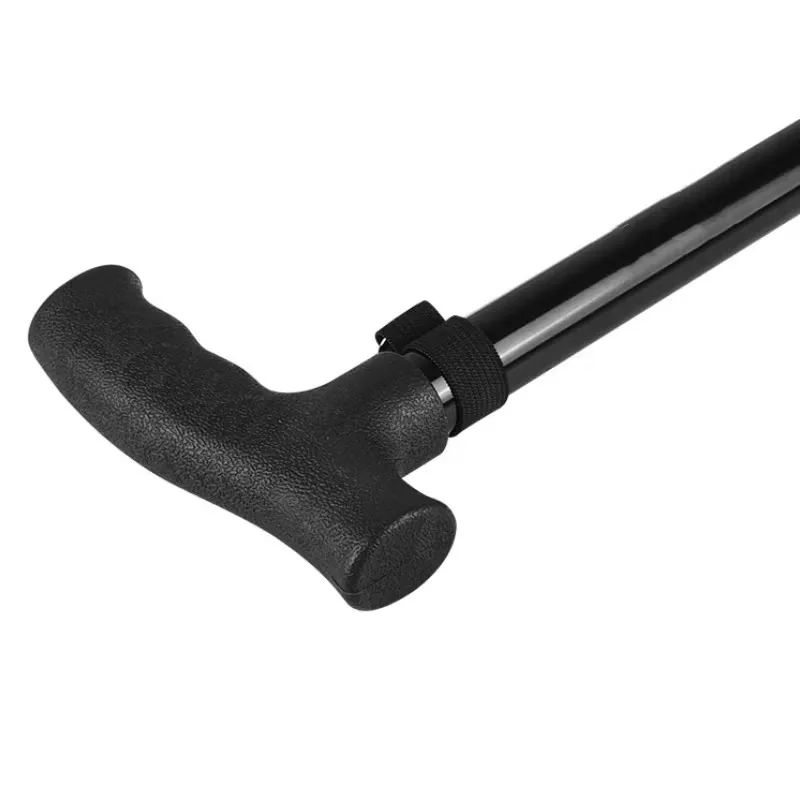
Customization & Quality Notes
Options include handle texture, tip compounds (winter vs. indoor), and private labeling. Many customers say the extra few cents for high-friction tips is worth it—slip events are costly, in every sense.
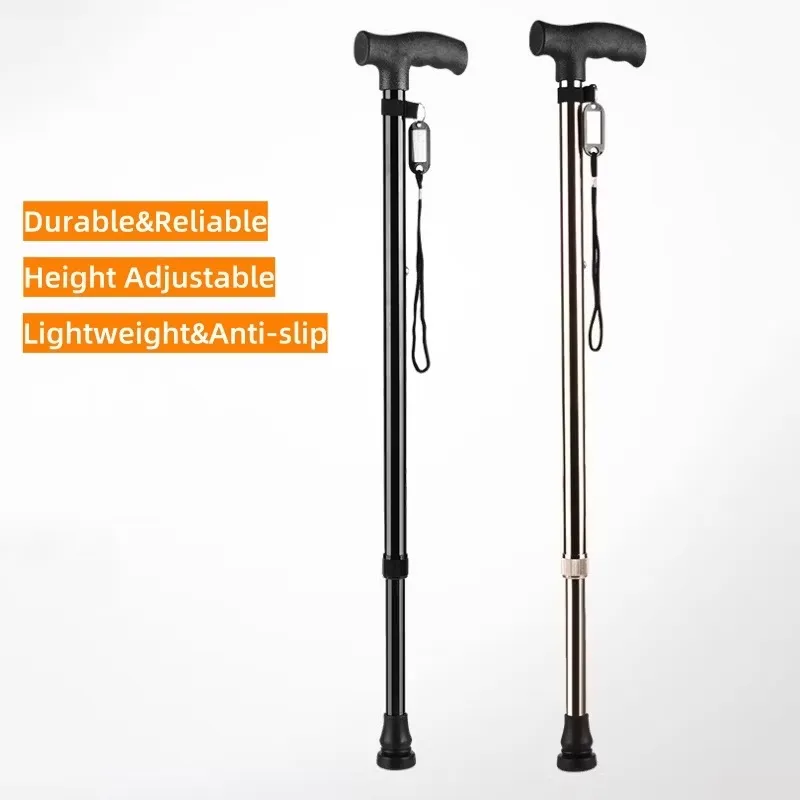
Buying Checklist
- Ask for load and cycle-test reports mapped to ISO 11334-1.
- Check disinfectant resistance of grips and rubber tips.
- Confirm spare-tip availability; it extends service life noticeably.
- For tenders, align certificates (ISO 13485, MDR) early to avoid paperwork drift.

If you need cheap crutches for sale that still meet clinic expectations, this stainless model is a solid, no-nonsense pick. Not flashy—just reliable where it counts.
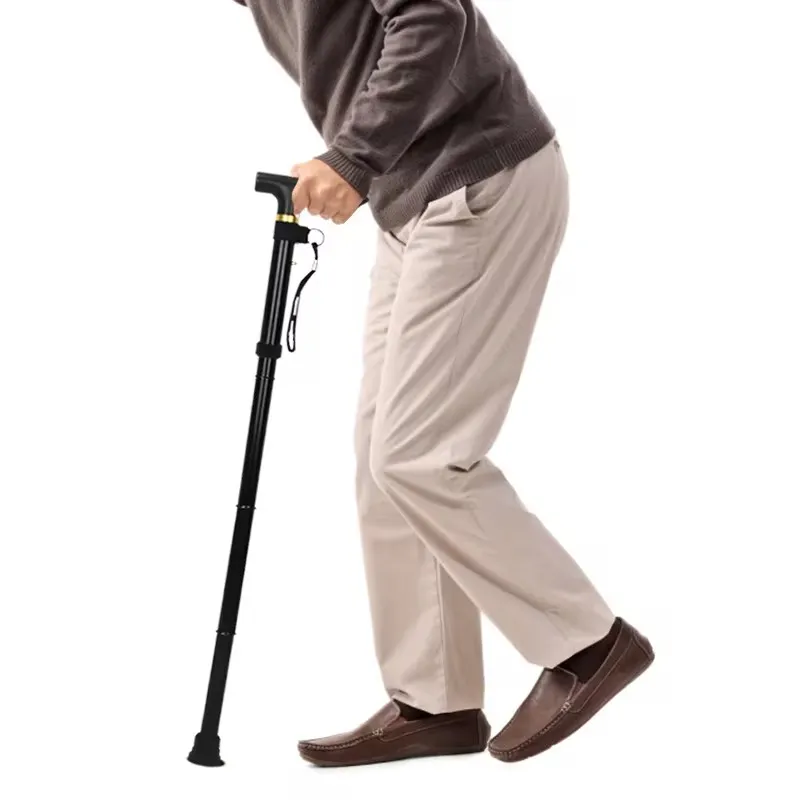
Authoritative citations
- ISO 11334-1: Assistive products for walking manipulated by one arm — Requirements and test methods.
- ISO 13485: Medical devices — Quality management systems — Requirements for regulatory purposes.
- European Union Medical Device Regulation (EU) 2017/745 (MDR).
- World Health Organization, Priority Assistive Products List (APL).




































